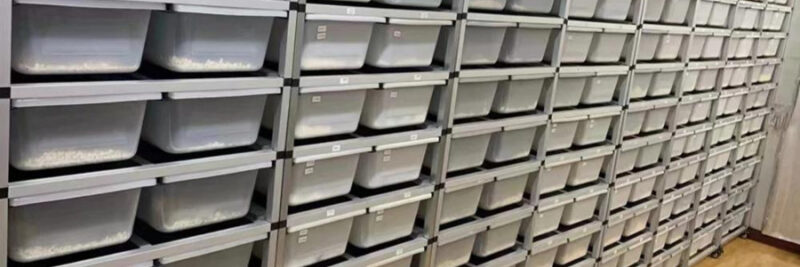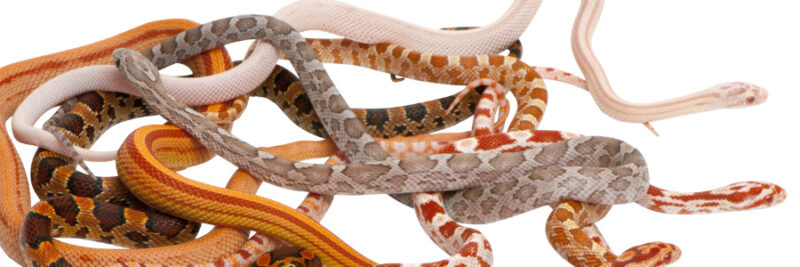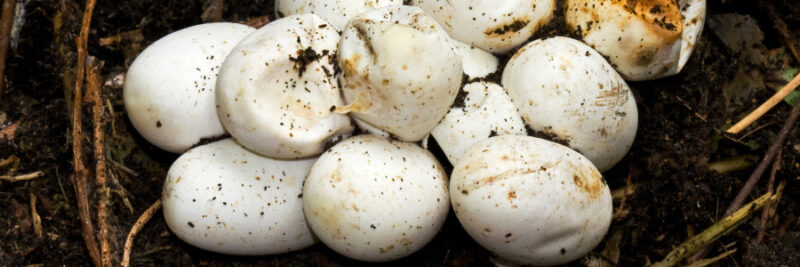What’s good future reptile tycoons! Have you ever dreamed about turning your herp hobby into a money making enterprise? Well strap in, because I’m gonna walk you through how to start your own breeding operation from the ground up!
Now I’ll be real with ya – a reptile breeding biz can be rewarding, but it takes passion, grit, and smarts to be profitable long-term. We’ll cover everything from startup costs to marketing angles for primo morphs. My goal is to equip you to CRUSH IT!
But first, you’ve gotta ask yourself:
- Do I obsess over reptile husbandry night and day?
- Am I willing to scrub enclosures at 2am when necessary?
- Can I maintain kickass records while running on little sleep?
- If you answered yes – then buckle up! This entrepreneurial path may be for you…
Step 1: Pick Your Specialty Species

Every great biz needs focus – trying to breed 20 species at once is a recipe for disaster! Consider specializing in just 1-3 types of herps that:
- You have extensive hands-on experience with
- Command premium pricing for morphs/mutations
- Appeal to you long term (you’ll know them intimately)
For example, crested gecko morphs often sell from $400-$1000+ per animal! Compare that to $20-$50 for common color phases. See how mutations make serious cash?!
Some other current “it” species in herp breeding include ball pythons, leopard geckos, bearded dragons, and monitor lizards. Do your market research!
Step 2: Budget and Prepare Facilities

Now the less sexy part…how much will this venture cost in the setup phase? Proper caging and breeding operations require sizable investments up front.
Some key gear:
- Racks with multiple stacked plastic tubs/tanks
- High quality heating/lighting arrays
- Automated misting systems for tropical setups
- Indoor/outdoor runs for egg laying/rearing
- Tools for tagging/record keeping
Expect to drop $5000-$10000 to launch even a modest operation with growth potential. Can you fund this plus 6 months operating costs while stabilizing revenue? Savvy breeders prepare for the long game.
Step 3: Stock Your Breeder Colonies

A breeding herd is the factory that drives this biz! Seek out unrelated groups of adult breeders sourced ethically from private collectors.
- Screen for great health/body condition
- Select for rare/valued genetic traits
- Balance founder lines across enclosures
- Quarantine all newcomers 1+ months
Patience pays here – allow groups to settle/bond before introducing males. Then monitor social dynamics closely post pairing.
Step 4: Master Breeding Triggers

The key skill of the reptile tycoon is learning how to effectively breed different species on demand!
Tactics can range from:
- Cycling ambient temps/photoperiods
- Controlling gravid female diets
- Using simulated rain/monsoon seasons
- Allowing natural mating behaviors
Your ability to align groups, observe courtship rituals, and monitor a female’s reproductive status determines how reliably your breeders produce!
Step 5: Incubate Eggs and Hatch Out Clutches

Got eggs coming? Congrats future mogul! Now the real work begins though – keeping eggs in prime conditions for strong hatch rates.
Methods differ among reptiles but often include:
- Transferring eggs to artificial incubators
- Maintaining exact temp/humidity combos
- Disinfecting shells and sealing containers
- Gently culling unfertilized eggs
- Rotating trays to prevent sticking together
Stay vigilant for hatchling emergence then prep their rearing tubs in advance!
Step 6: Raise Up Fiesty, Feeding Hatchlings

A clutch is only as valuable as the health of its babies…that means getting hatchlings started right is critical!
Best practices include:
- Clearing airways immediately if needed
- Letting absorption yolks fully sustain them initially
- Offering first foods once hunting instincts kick in
- Spot cleaning tubs frequently
- Tracking weights religiously
Catch struggles early and don’t hesitate to cull consistently – herd quality first!
Step 7: Market Your Prime Specimens

Both stellar herd management and business savvy are essential for this game! Begin branding your operation through:
- A polished website showcasing available lineages
- Active social media and YouTube accounts
- Sponsoring forums, expos or breeder collectives
- Seeking vendor relationships with chain/private pet stores
Offer tiered pricing bundles for rare traits backed by health guarantees and breeder support post-purchase!
Step 8: Invest Profits Wisely Into Growth

If built thoughtfully, a breeding operation can throw off serious profits – but don’t stash that cash under a mattress!
Reinvest into:
- Expanded caging and breeder numbers
- Advanced incubation/juvie rearing gear
- Importing new bloodlines from overseas
- Attending herp conferences to network
But also be sure to allocate funds to weather unpredictable events too!
Frequently Asked Questions About Reptile Breeding Businesses
For a modest hobbyist outfit of just a few proven breeders, plan on $5000-$15000+ profit per year. Operations with 50+ breeders and multiple species can net $70,000-$250,000 annually when dialed in!
Currently ball pythons and crested/leopard/beardie geckos drive the highest repeat sales from consistent demand. But exotic species like monitors and day geckos also sell quickly to collectors when available.
Expect to house 20+ adult snakes or 5-6 large lizards per rack comfortably. Sturdy plastic tubs offer cost savings but don’t overlook ventilation! Quality four post melamine cages also work for display colonies.
Limited edition traits like patternless, albino and hypo cream morphs can fetch $1500+ per animal easily! Promote lineage exclusivity through exotic name branding like “Sunfire”, “Ember”, “Blizzard”, etc. Hype unique looks on social media through professional photography too!

Well I hope this overview gets your entrepreneurial wheels spinning friends! Feel free to hit me up with any other questions on starting your own breeding empire – this biz ain’t for the faint but heart but pays off in SPADES when run well! Maybe I’ll see YOUR epic operation at a herp trade show someday!
